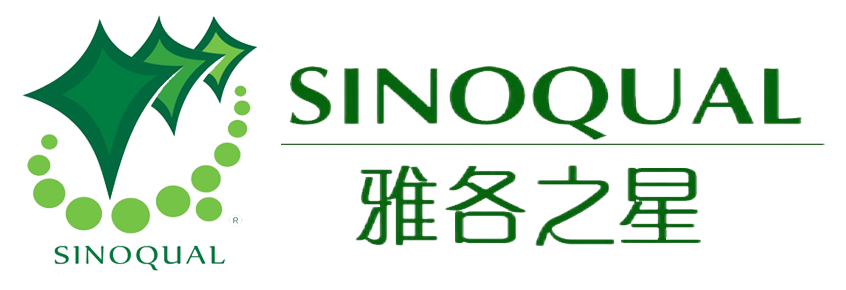The global beauty industry is undergoing a transformation as consumers increasingly demand products that demonstrate transparency, ethical sourcing, and ingredient purity...
Kosher Enzyme Basics (Part 3): Legal Points
2025-05-15
Virtually all enzymes used in food production today, with the exception of the animal and plant proteases and animal lipases listed above, are derived from microbial fermentation. Plant proteases, being derived from plants, are generally not considered kosher unless diluted. Enzymes are very potent and must be diluted to a uniform, usable standard. A common diluent is lactose. Therefore, it is important to note that papain and bromelain may become non-neutral due to the use of diluents. Animal proteases are generally considered non-kosher (see rennet from cow stomach), and similarly, animal lipase is also considered non-kosher.
It is the fermentation stage of enzyme production that raises a host of kosher issues. So, we need to first briefly understand this process. Microorganisms, whether fungi, bacteria, or yeast, are living organisms, referred to here as "cultures." Some are naturally occurring, selected for their specific properties, while others are genetically modified. These organisms must be carefully preserved, usually frozen. They also require numerous chemicals, which are crucial for kosher certification (see below). Before enzyme production begins, they must be inoculated into a nutrient medium to activate the organisms and enable them to efficiently produce sufficient enzymes. Because these organisms are living cells, the nutrients they receive must be conducive to their growth. They can be grown in a liquid nutrient medium, on a nutrient-rich agar surface, or both. Once the organisms reach a certain stage of growth, they are transferred to larger fermentation tanks and continued to grow until they produce enzymes. Enzyme production occurs in two ways: intracellular and extracellular. The former involves the organism producing enzymes within its cell wall, while the latter involves the opposite. Extracellular production involves organisms secreting enzymes through the cell wall—this is part of their metabolism, and these organisms require nutrients from the nutrient medium in which they grow. After fermentation is complete, chemicals are used to filter out dead organisms and other waste products. The enzymes are then mixed with preservatives to create the final product.
Enzymes are categorized into immobilized and non-immobilized enzymes based on their effects. A catalyst is a substance that promotes a chemical reaction without participating in it. This allows for repeated use. Immobilized enzymes are active enzymes fixed to an inert matrix, such as plastic beads, typically placed in a reaction column. The liquid to be reacted flows through the column, where it comes into contact with the beads. This method allows the enzyme to be used for extended periods without loss. Non-immobilized enzymes are liquids or powders that are added directly to the reactants. These enzymes are generally not recyclable, so they remain in the finished product.
The first debate regarding the kosher nature of these enzymes is whether the nutrient medium in which the microorganisms grow must be kosher. This point has been debated repeatedly in recent years, with the vinegar controversy being a prominent example. One theory suggests that the kosher nature of these microorganisms can be compared to the kosher nature of cows. Just as we don't consider the kosher nature of a cow's milk when determining whether it's kosher, we shouldn't consider the nature of the nutrient medium in which the enzymes are produced. However, the consensus, based on Jewish law, is that the kosher nature of an enzyme is determined by the nutrient medium in which it grows. This is similar to how we consider alcohol produced by fermentation (chometz) to be a ferment.
The second issue concerns the intentional removal of prohibited substances through dilution. Here, the generally accepted legal view is that a kosher-certified product cannot contain even the smallest amount of non-kosher substances. Therefore, we insist that all materials used in the microbial growth process, from the initial flask to the final fermentation tank, including those used to recover, solidify, and preserve enzymes, must be kosher. This means that the glycerin used to preserve the microorganisms or the antifoaming agents used in fermentation must be kosher. Chemical ingredients added to the finished product for better preservation or stability must also be kosher.
Regarding Passover enzyme certification, we should also consider that all yeast extracts used as nutrients must be kosher. Furthermore, we must ensure that the glucose does not come from starch in fermented vegetables. Regarding fermentation with vegetable enzymes, the generally accepted view is that it is permissible, as we believe that these enzymes will be denatured, and vegetables are certainly not prohibited.
This article discusses a remarkable new discovery in food science that reveals the potential for significant changes in how we produce food. These changes will impact the practical aspects of our legal practice. By being aware of these changes, we can take the necessary steps to address emerging issues and continue to observe kosher traditions.
